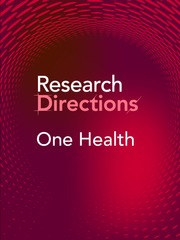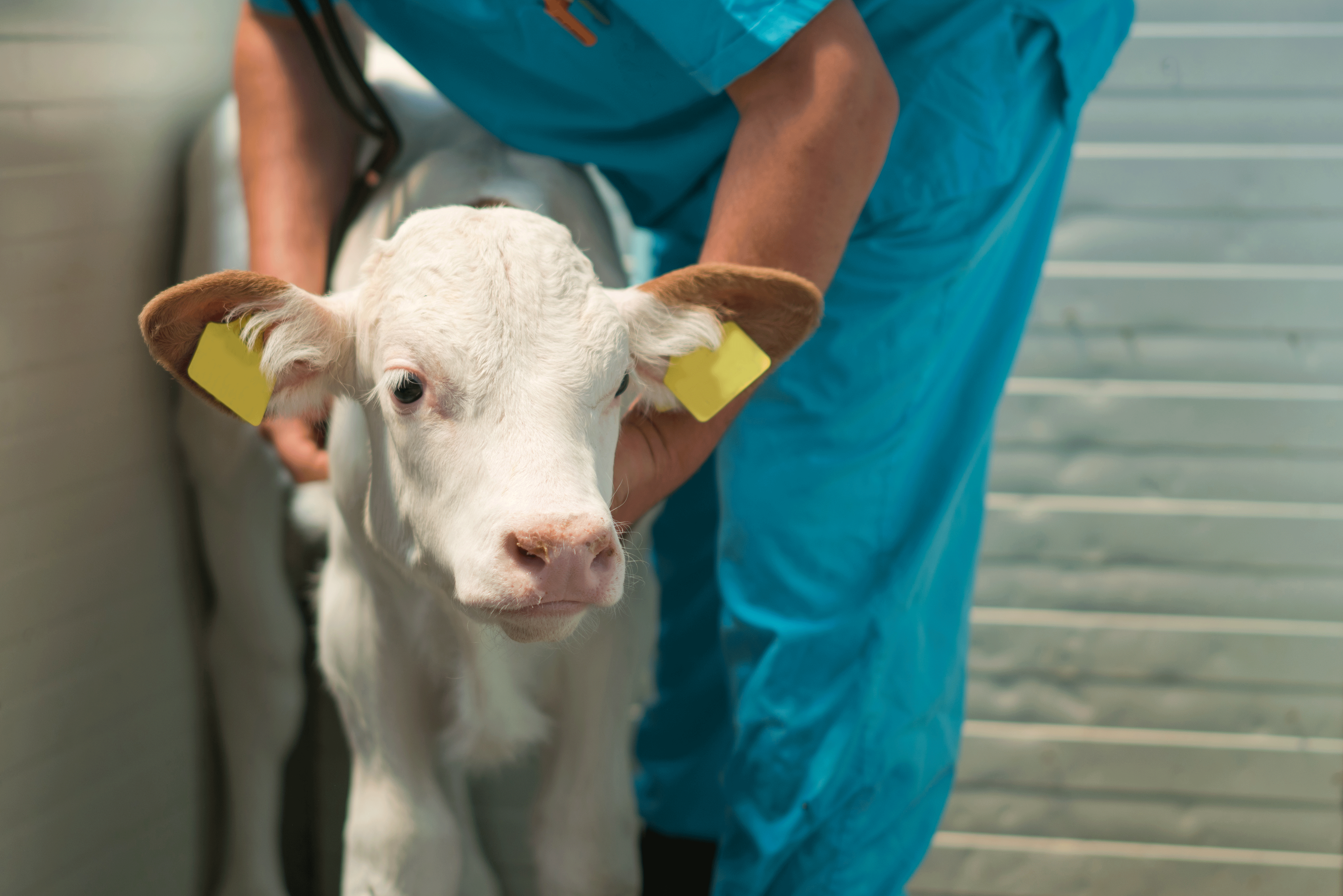Context
Decision makers want more information on the presence, distribution, movement, and impacts of pathogens in wild animals to anticipate or assess the risk of pathogen spillover from wildlife to people or domestic animals or to better understand the conservation implications of contagious diseases in wildlife. There are many impediments to designing and implementing a wildlife health surveillance system that fulfils all the expectations for ‘good’ surveillance. There are well-known pragmatic limitations such as the inability to sample targeted populations consistently and regularly in a representative manner, lack of validated tests, and funding limitations that restrict surveillance to periodic surveys. The nature and impact of the biases on data collection, generation, management, quality, analysis, interpretations, and information sharing are poorly studied. We invite authors to address the question in the title.
How to contribute to this Question
If you believe you can contribute to answering this Question with your research outputs, find out how to submit in the Instructions for authors (https://www.cambridge.org/core/journals/research-directions-one-health/information/author-instructions). This journal publishes Results, Analyses, Impact papers, and additional content such as preprints and “grey literature.” Questions will be closed when the editors agree that enough has been published to answer the Question so before submitting, check if this is still an active Question. If it is closed, another relevant Question may be currently open, so do review all the open Questions in your field. For any further queries, check the information pages (https://www.cambridge.org/core/journals/research-directions-one-health/information/about-this-journal) or contact this email (OneHealth@cambridge.org).
Competing interests
The author(s) declare none.




